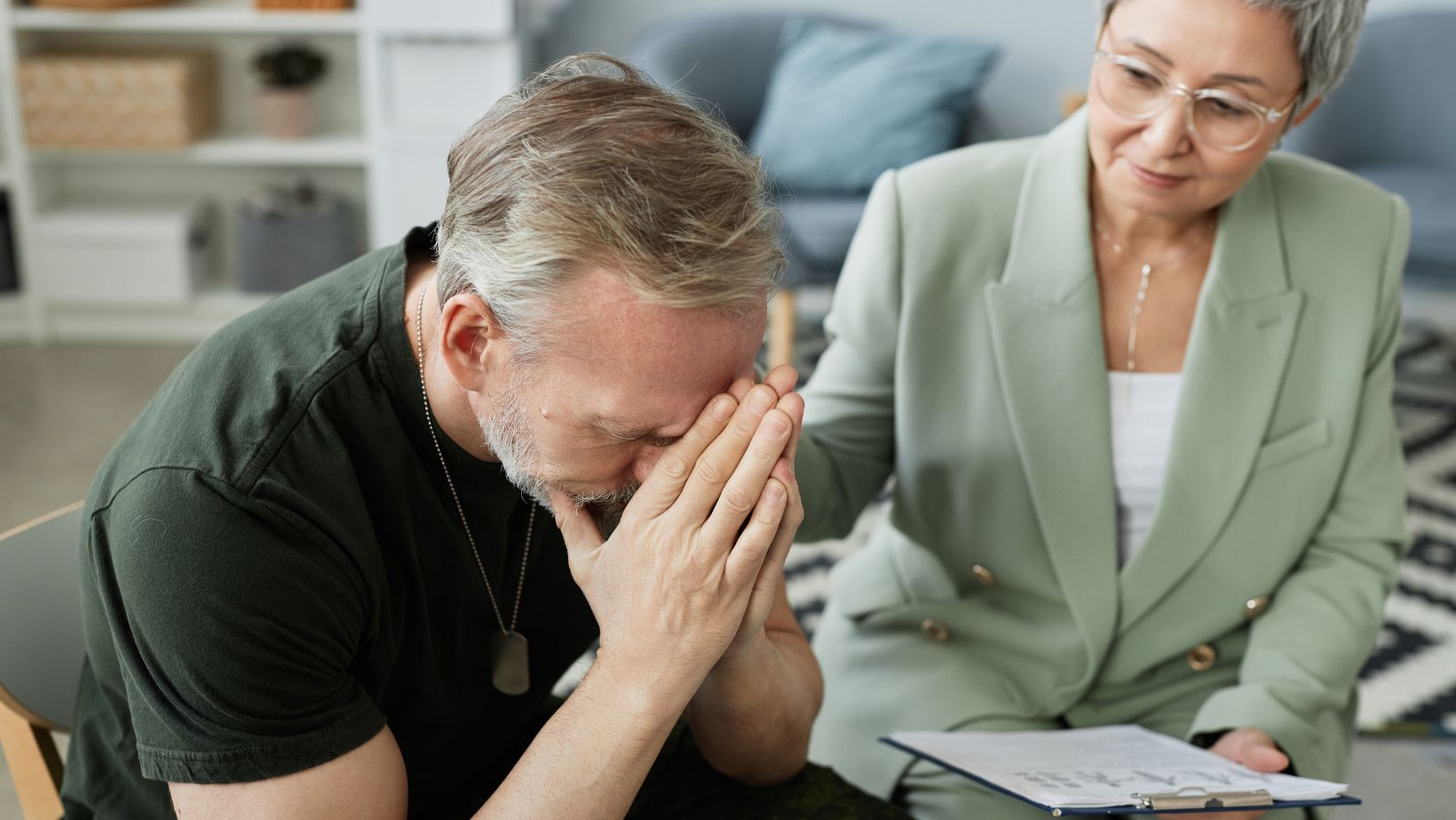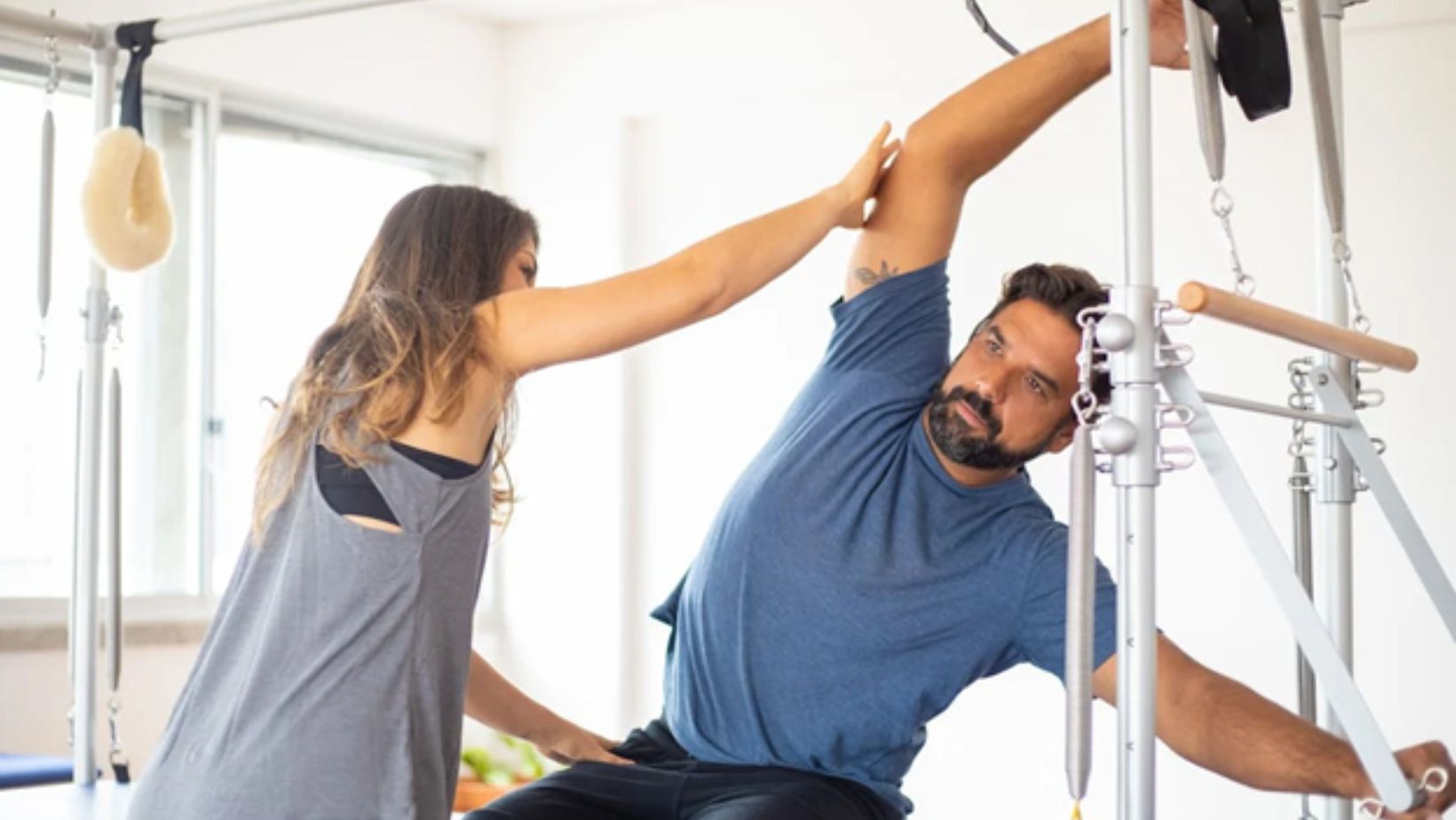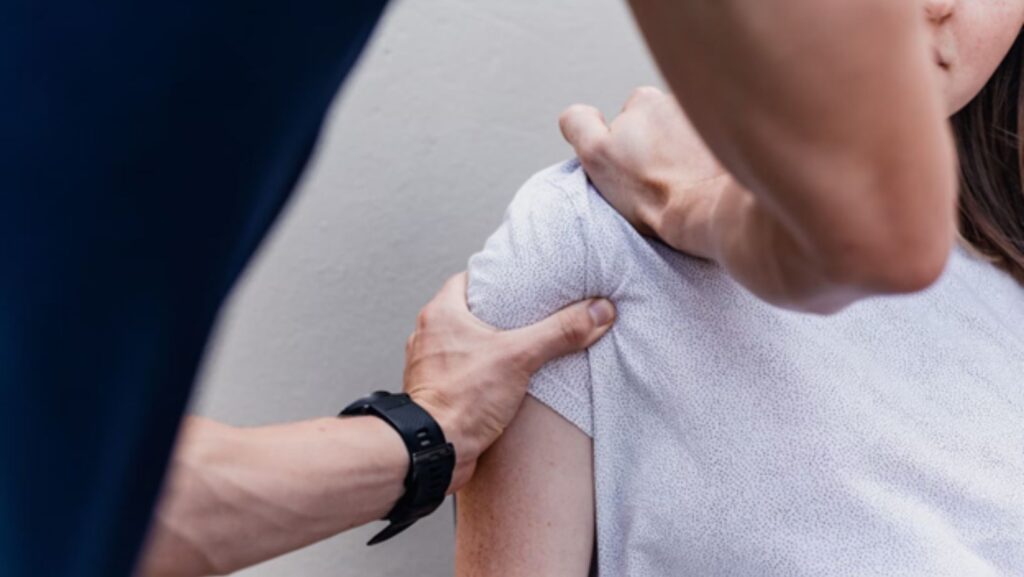Experiencing a traumatic accident can be life-altering, affecting not only your physical health but also your mental and emotional health. While the road to recovery can be challenging, certain lifestyle changes can make a significant difference in improving your quality of life. Focusing on your health, habits, and mindset can help you regain control and feel more like yourself again.
Manage Stress and Focus on Mental Health
The mental impact of a traumatic accident can be just as significant as the physical injuries. Stress, anxiety, and depression are common, and managing these emotions is essential to a healthy recovery. Techniques such as meditation, mindfulness, or breathing exercises can help you stay grounded and manage negative thoughts. According to a reputable lawyer from a personal injury law firm in Michigan, in some cases, working with an injury lawyer can alleviate some of the financial and legal stress, giving you more space to focus on healing emotionally. Seeking counseling or therapy can also provide much-needed support as you process your experience and develop coping strategies. Regularly addressing your mental health ensures that you heal holistically, allowing your mind to recover alongside your body.
Set Achievable Mental Health Goals
Instead of trying to “feel better” immediately, break your mental recovery down into smaller, manageable goals. This could include journaling, practicing gratitude, or learning to manage triggers that cause anxiety.
Connect With A Support Group
Joining a group of people who have gone through similar experiences can offer a sense of camaraderie and emotional support. Hearing others’ stories of recovery can be encouraging and provide you with new perspectives on your healing journey.
Use Technology To Help With Mental Health Practices:
Apps for meditation, breathing exercises, or mood tracking can be helpful tools for managing your mental health. These digital resources can guide you through practices designed to calm the mind and reduce stress.
Prioritize Physical Rehabilitation and Exercise
Physical therapy is often a crucial part of recovery after a traumatic accident. Regular sessions with a professional can help you rebuild strength, improve mobility, and reduce pain. Beyond structured therapy, gentle exercises like walking, swimming, or yoga can keep your body moving without overexerting yourself. Starting slowly and gradually increasing your activity level is essential to prevent further injury.

Staying active not only supports your physical health but also boosts your mood by releasing endorphins, reducing stress, and aiding in long-term recovery.
- Start with small, consistent movements: If you’re dealing with limited mobility, even the smallest activities can make a difference. Focus on joint flexibility and range-of-motion exercises that don’t overstrain your body.
- Use assistive devices when necessary: Tools such as braces, walkers, or orthotic inserts can help you regain independence while reducing strain on healing areas. These devices can aid in maintaining proper posture and prevent further injury during rehabilitation.
Incorporate Strength Training As You Progress
Once you’re comfortable with lighter exercises, gradually introduce strength training to rebuild muscle mass. This can be done with light weights or resistance bands, focusing on areas that may have weakened during recovery.
Adopt a Balanced, Nutrient-Rich Diet
Nutrition plays a critical role in healing after an accident. A balanced diet rich in vitamins, minerals, and protein can speed up recovery by providing your body with the fuel it needs to repair tissues and reduce inflammation. Focus on whole foods such as leafy greens, lean proteins, healthy fats, and fruits. Staying hydrated is equally important, as proper hydration helps maintain muscle function and reduces fatigue. You may also want to consult a nutritionist to create a meal plan that supports your recovery, especially if your energy requirements have changed due to reduced mobility.
- Increase protein intake for muscle repair: After an accident, your body needs extra protein to rebuild damaged tissues. Include sources like lean meats, beans, tofu, or fish to help promote healing.
- Add anti-inflammatory foods to your diet: Omega-3 fatty acids from sources like salmon, flaxseed, or walnuts can reduce inflammation, which often follows a traumatic injury. Incorporating turmeric or ginger, known for their anti-inflammatory properties, can also be beneficial.
- Watch for weight fluctuations: If your mobility has decreased, you may gain weight if your caloric intake remains high. On the flip side, pain and stress can reduce your appetite, leading to unintentional weight loss. Keeping an eye on your weight will help you adjust your diet to maintain a healthy balance.
Create a Supportive Daily Routine
Consistency in your daily routine can offer stability during a time of uncertainty. Establish a routine that includes time for rest, rehabilitation, self-care, and social interactions. Incorporating these elements into your day can help you regain a sense of control and normalcy. Ensure you’re getting enough sleep, as quality rest is crucial for both physical and emotional healing. Surrounding yourself with a supportive network of family and friends can provide emotional encouragement, making the recovery process more manageable.

- Balance rest with productive activities: While rest is essential, spending too much time in isolation or inactivity can lead to feelings of stagnation. Schedule small, productive tasks to give structure to your day, whether it’s preparing a healthy meal or reading a book.
- Incorporate positive habits into your routine: Daily habits such as stretching upon waking, spending time outdoors, or engaging in creative activities can boost your mood and offer moments of calm. Gradually build these activities into your schedule as your energy and mobility improve.
Practice Mindful Rest and Sleep Hygiene
Rest is an essential component of recovery after a traumatic accident, but it’s important to focus on the quality of your rest as much as the quantity. Practicing good sleep hygiene can greatly improve your body’s ability to heal, reduce pain, and enhance your emotional resilience.
Creating a calming nighttime routine, such as reducing screen time before bed, drinking herbal tea, or practicing light stretching, can signal to your body that it’s time to rest. Additionally, ensuring that your sleeping environment is comfortable by adjusting the room’s temperature, using supportive pillows, or trying a weighted blanket can promote deeper, more restorative sleep.
Recovering from a traumatic accident involves more than just physical healing. By prioritizing rehabilitation, maintaining a balanced diet, addressing mental health, and creating a supportive daily routine, you can take control of your recovery journey. Small, sustainable lifestyle changes can help you regain strength, improve your outlook, and rebuild a life that supports your long-term health.
